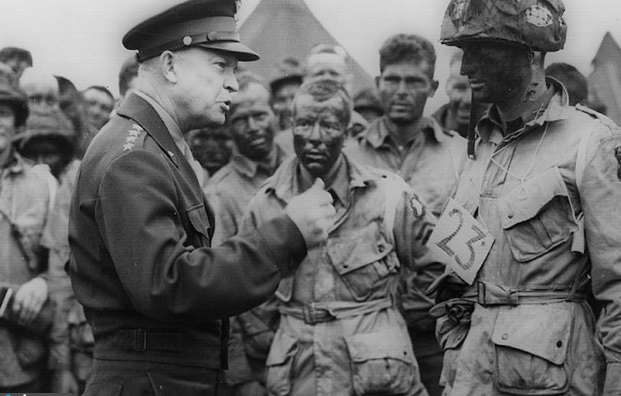
When you think about D-Day on this 75th anniversary, there is much that stimulates a kind of awe. Strictly as a military problem the thing was one possible FUBAR (ask a Vet) piled upon another. At the big levels, strategic and operational, it was daunting, to put it mildly.
There was, in the first place, the enemy. In the 20th century, the Germans had built an awesome military reputation. They had fought the whole world, twice, and come very close to victory in 1914 and, again, in 1941.
Close enough, in that case, that some of their advanced units could see the skyline of Moscow. If not for a couple of impulsive decisions by Hitler, they might have gotten there before winter and Russian re-enforcement from the East stopped them.
Allied planners knew they were facing a veteran enemy that was no pushover. Meanwhile, for many of their own troops, it would be their first time in combat.
And then, it was a joint operation. The British and Americans spoke a common language but were in military temperament as opposite as those of their most conspicuous generals — Montgomery and Patton. The Western Front experience of World War I had, understandably, made the British conservative and methodical. The Americans had come to that war late, when tanks were at last coming into their own. They were inclined to the offensive and to taking the initiative.
There were also difficulties of a sort of housekeeping nature. Different weapons. Different TO&E’s (ask that veteran, if he is still around) and, in the end, emotional differences. The Americans were rich and arrogant. The British were stretched thin and prideful.
Joint command was a challenge. Fortunately, the fates produced an unassuming general who had the gifts of command and diplomacy necessary to pull it off. The appearance of Eisenhower was one of history’s great acts of fate.











